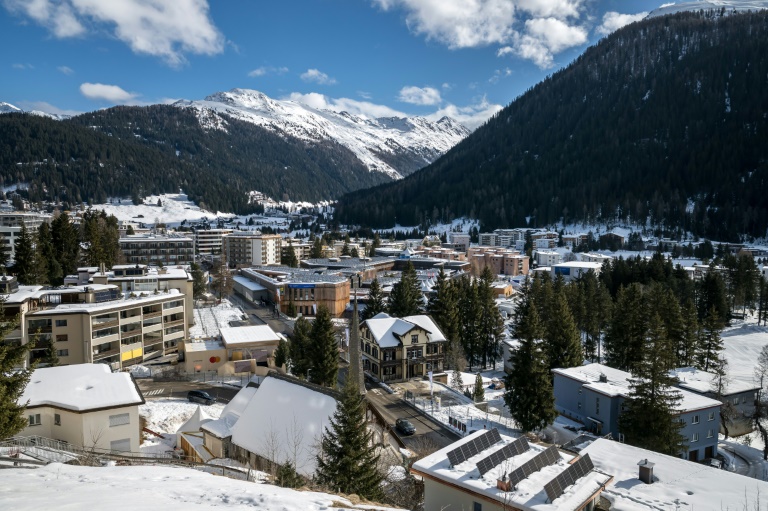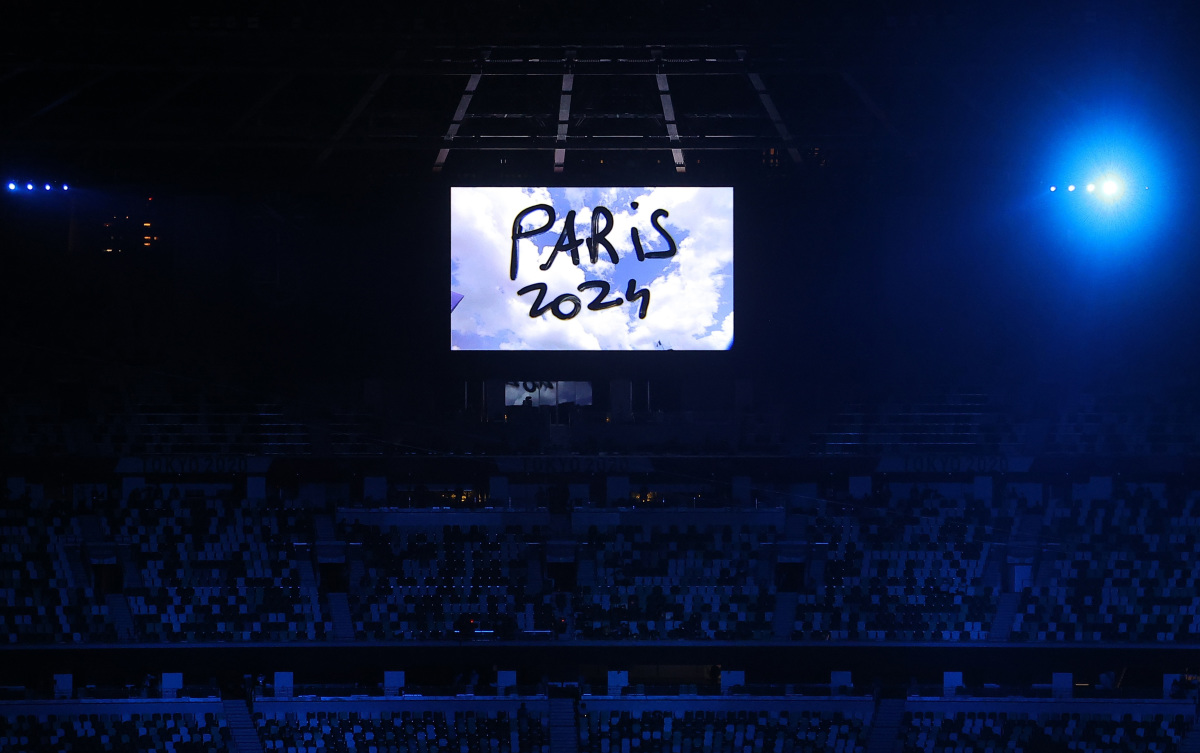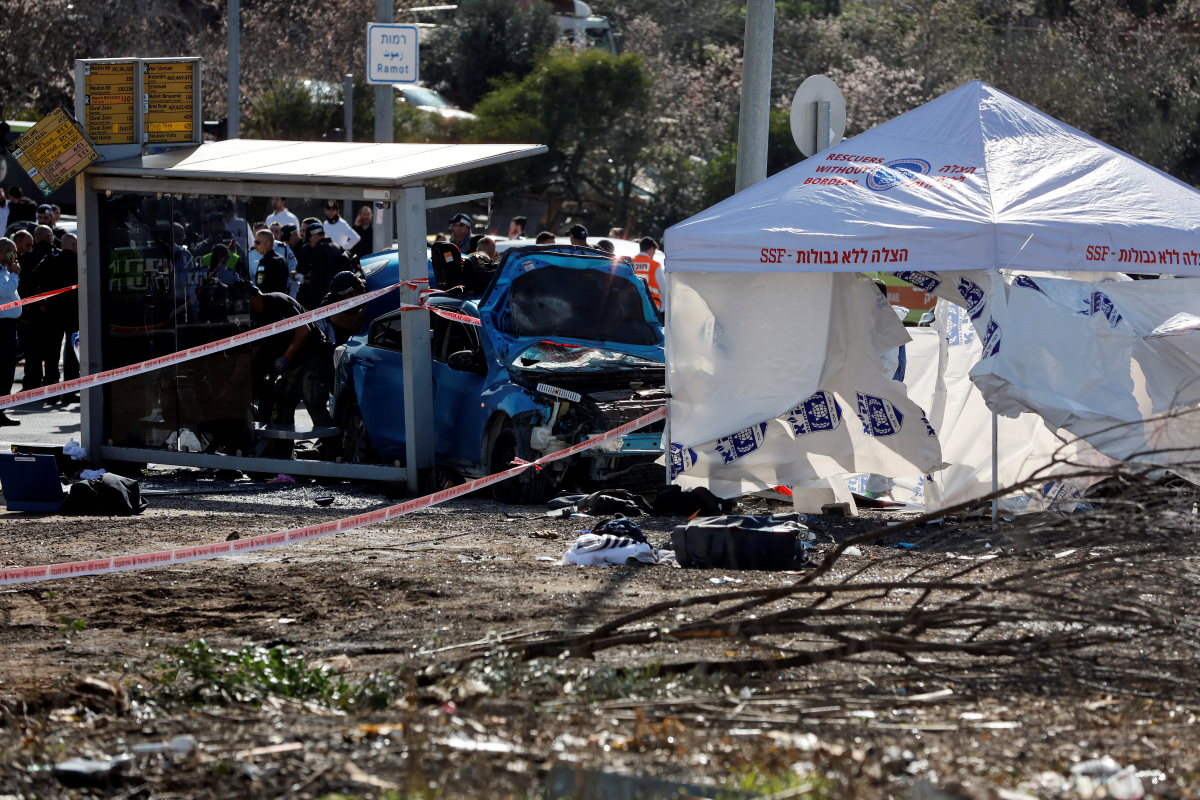Chipotle Mexican Grill is beginning to see the other side of burrito price hikes — a slow-down in the company’s feverish growth — as customers trade down to less expensive alternatives.
Hiking prices are an enticing proposition for the restaurant industry to cope with “second line” inflation and rising labor and raw materials. In addition, it makes the top line look good to the momentum crowd on Wall Street obsessed with revenue growth.
That’s the up side of price hikes.
But the restaurant industry is competitive, meaning that consumers have plenty of other fast-food choices, from burritos to hamburgers and pizzas. Thus, restaurants that hike prices aggressively end up losing customers to restaurants that raise prices less aggressively.
That’s the down side of price hikes.
In some cases, hiking prices could eventually outweigh the positive effect of higher prices, especially in a challenging environment of tight family budgets. Over time, short-term gains can dissolve into long-term downturns.
That’s the case with Chipotle.
An aggressive price hike that helped the company maintain growth and earnings momentum in the first three quarters of 2022 has slowed that momentum in the fourth quarter. For instance, comparable sales (comps) for Q4 of 2022 increased by 5.6%, half as much as for the entire year. Thus, the company missed its own guidance and Wall Street estimates.
Wall Street traders and investors accustomed to Chipotle’s relentless momentum didn’t like what they saw, sending the company’s shares lower in the two trading sessions that followed the release of the Q4 results. Quo Vadis Capital president John Zolidis, a long bull who turned into a bear, explains how the company’s momentum slowed down.
“The company has raised prices much faster than competitors in a weakening consumer environment. Simultaneously, CMG is cutting labor hours from its stores,” Zolidis said. “Higher prices for less service are not lost on customers who find lunch elsewhere. This is showing up in several metrics that we will chart below. It will not get better later in 2023 when student loan repayments restart amid higher borrowing costs in general.”
The situation could worsen in the first quarter of 2023 when Zolidis sees negative comps. “CMG is guiding HSD comps in 1Q23 with the benefit of 9%-10% pricing together with the easy omicron comparison,” he explained. “This means traffic is compounding negatively. By year-end, the pricing lift to comps (assuming no further action) will be close to zero. Zero price plus negative traffic equals a negative comp.”
Moreover, Zolidis thinks Wall Street’s traffic estimates still need to be lowered. “Following 4Q22 results, our conviction is amplified, and we reiterate our SELL call on CMG shares,” he added.







